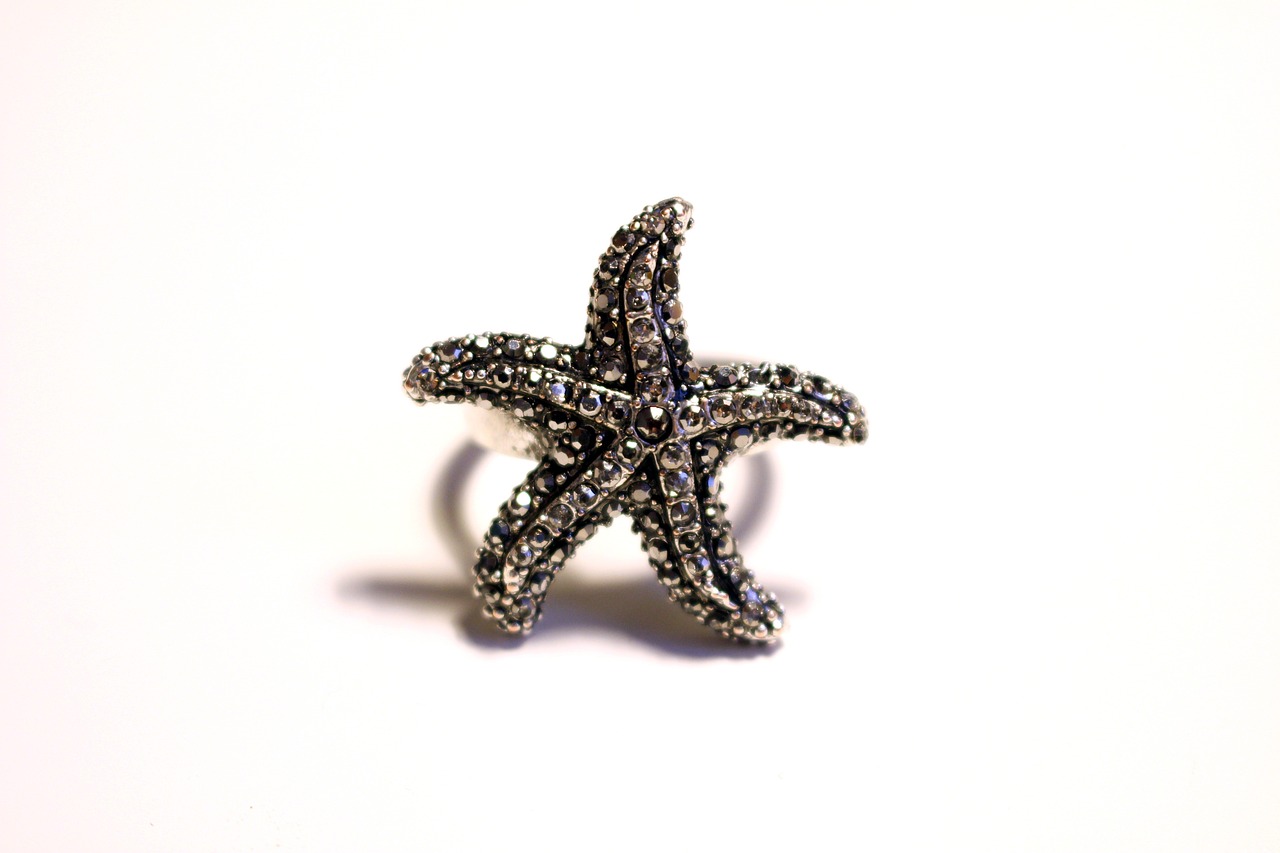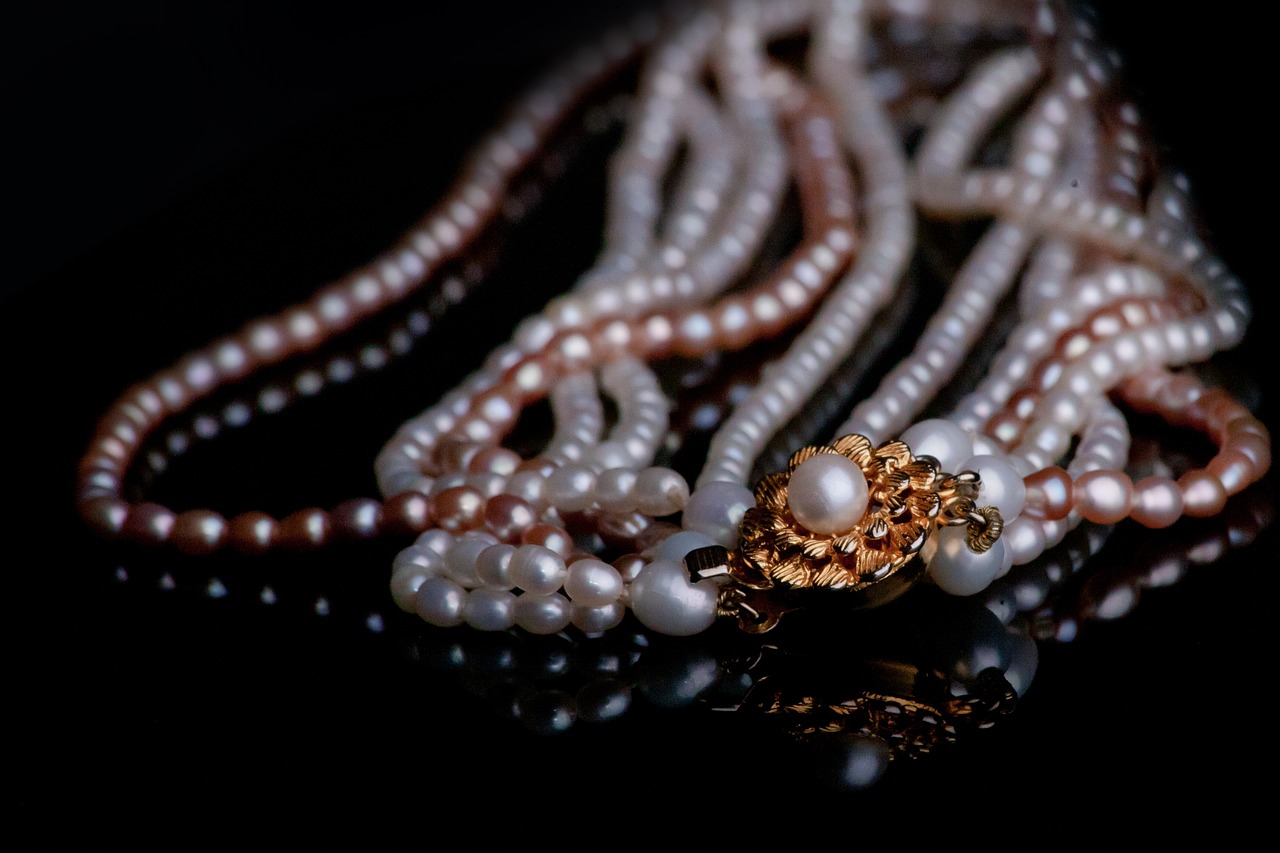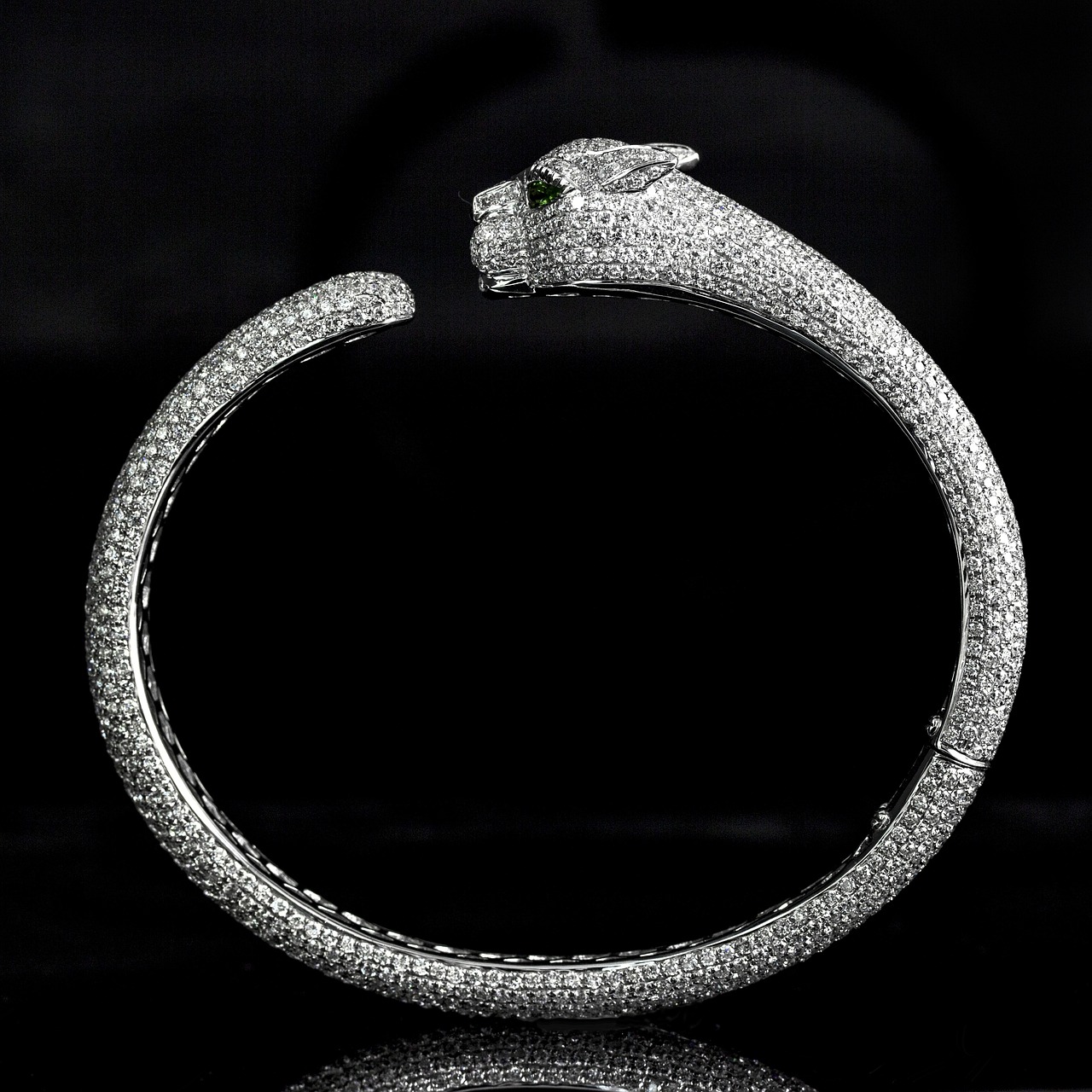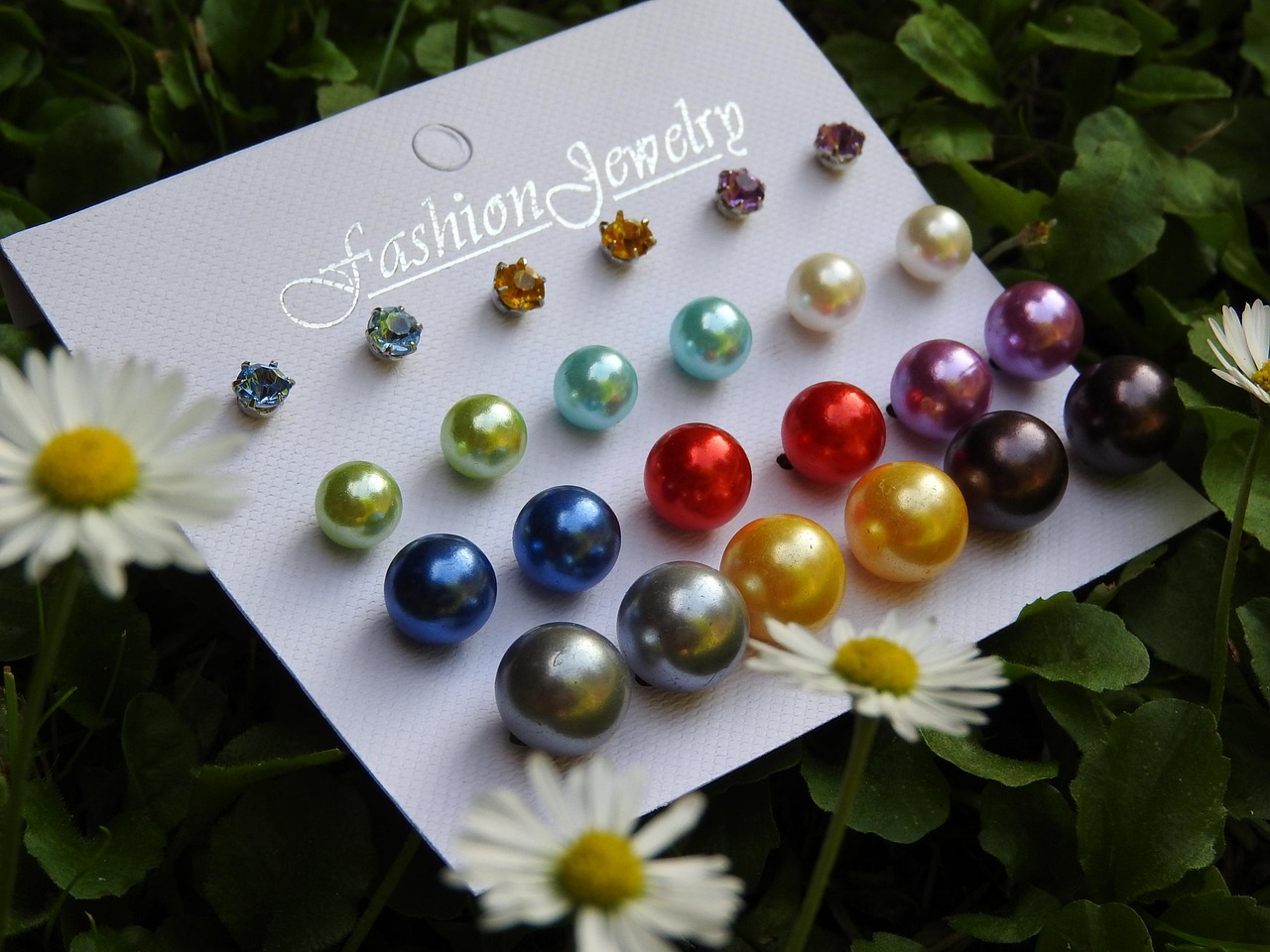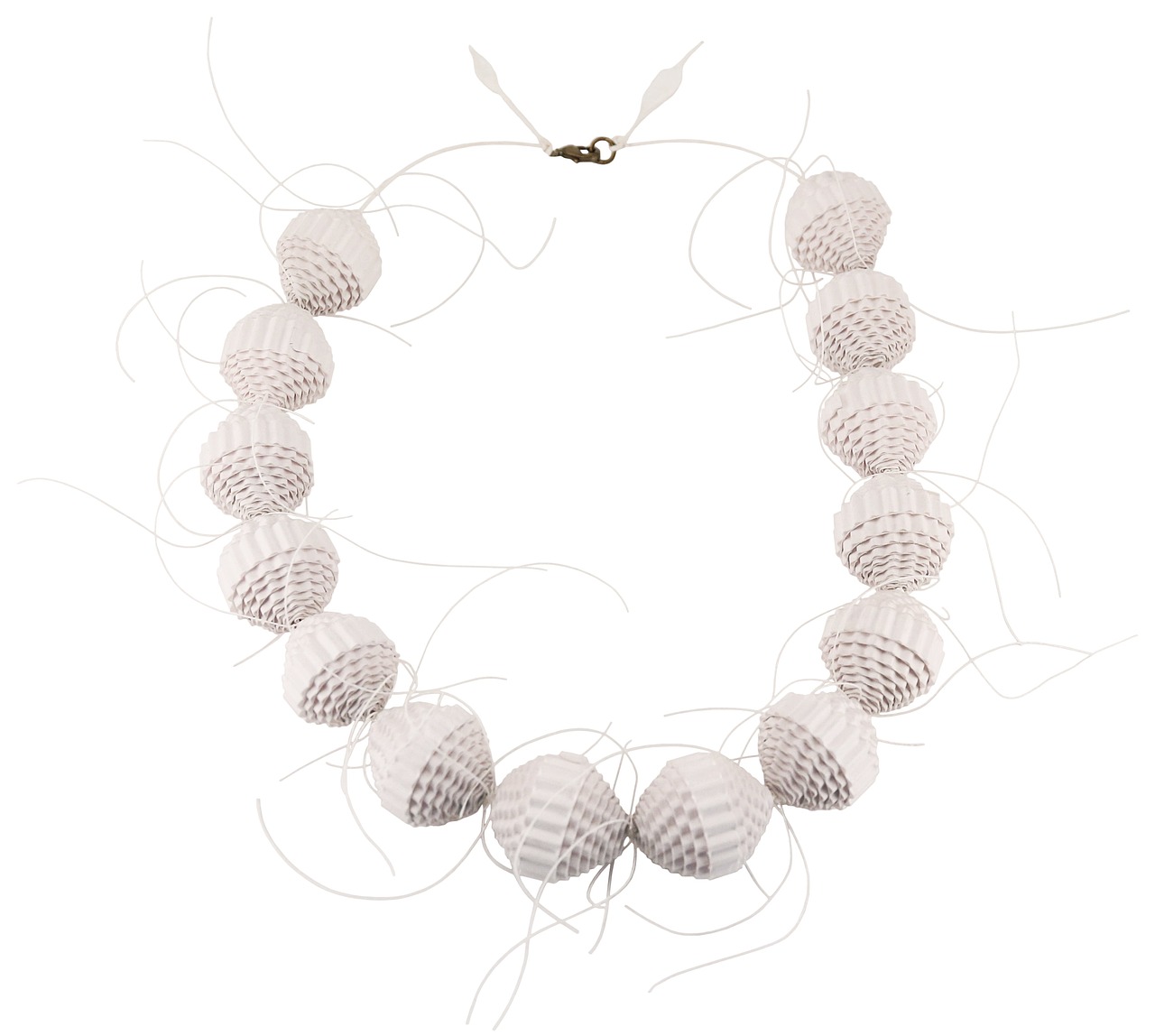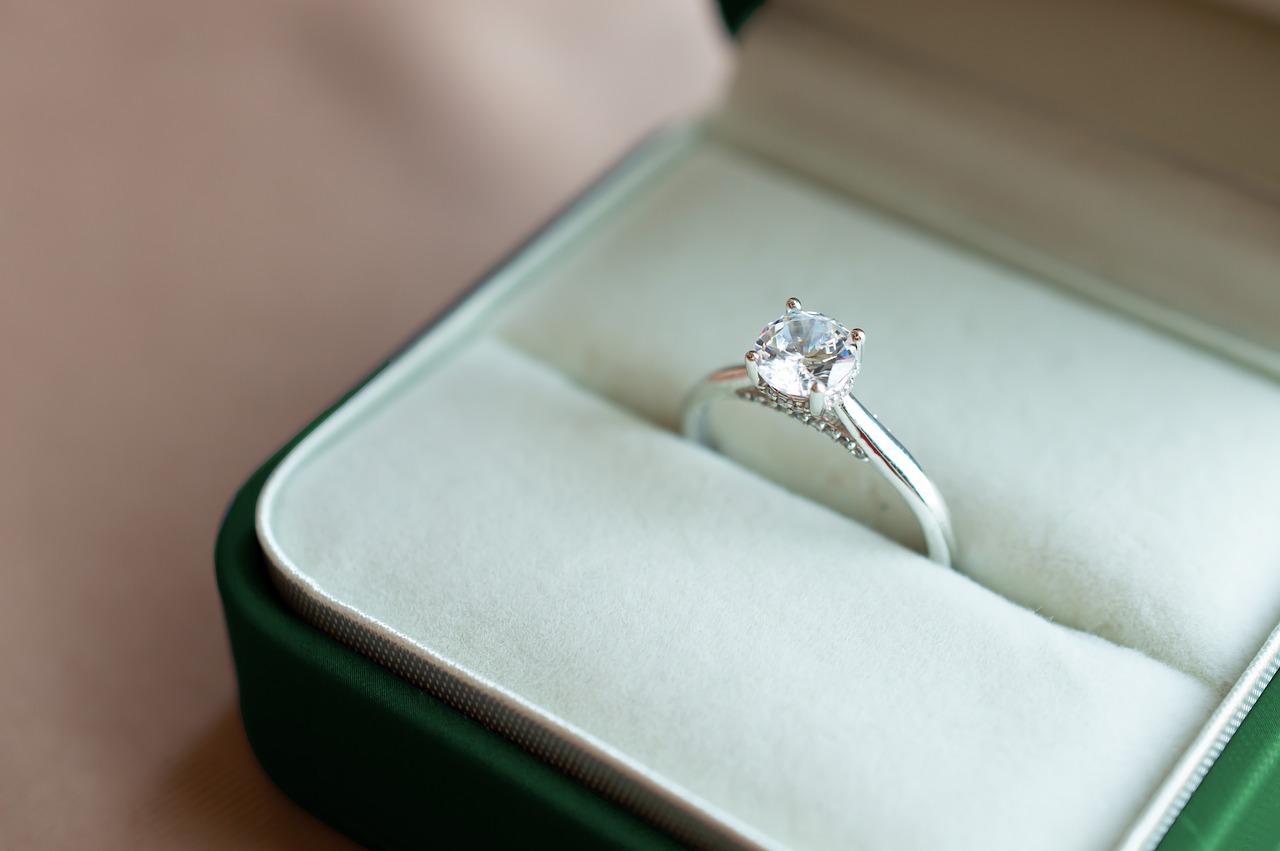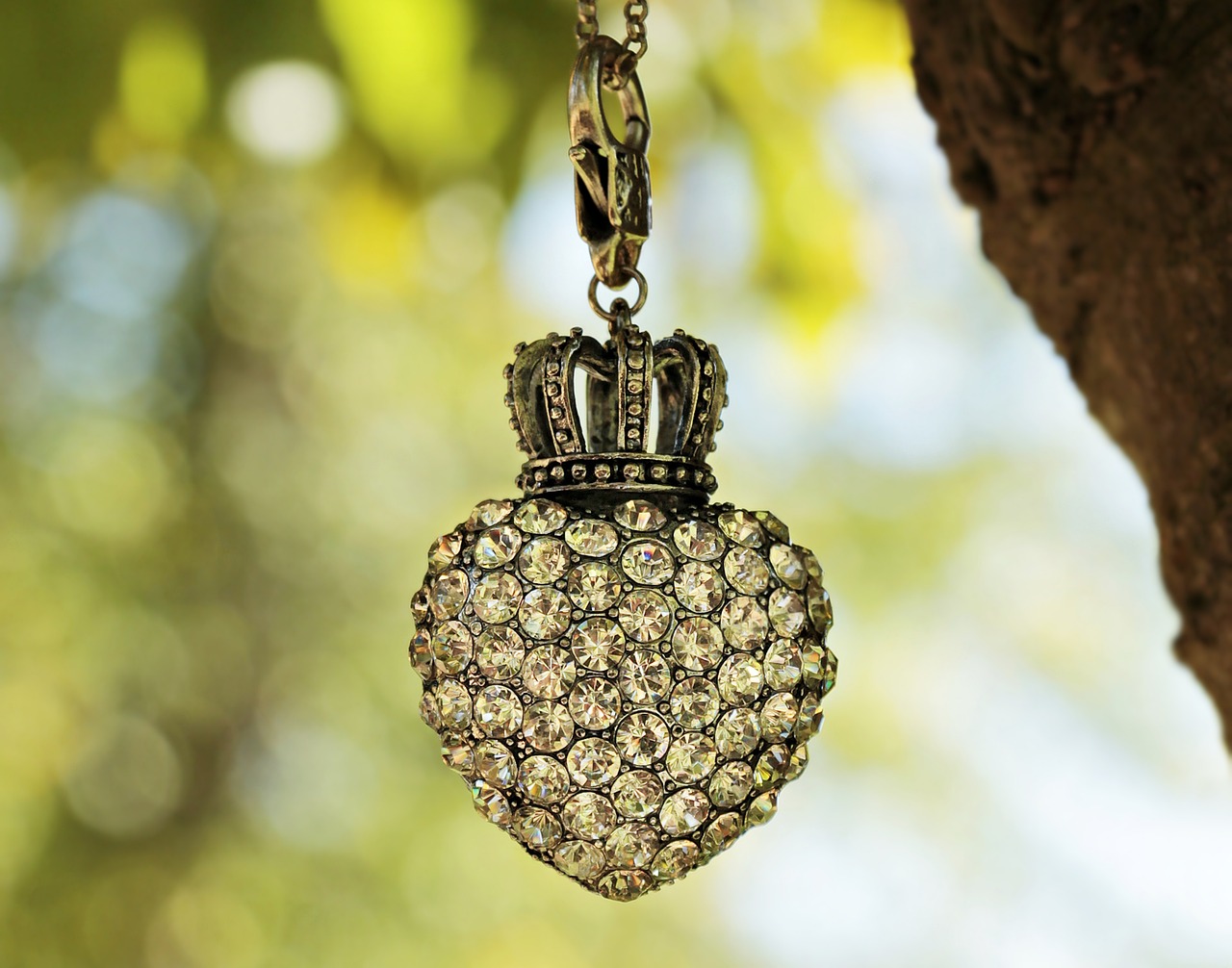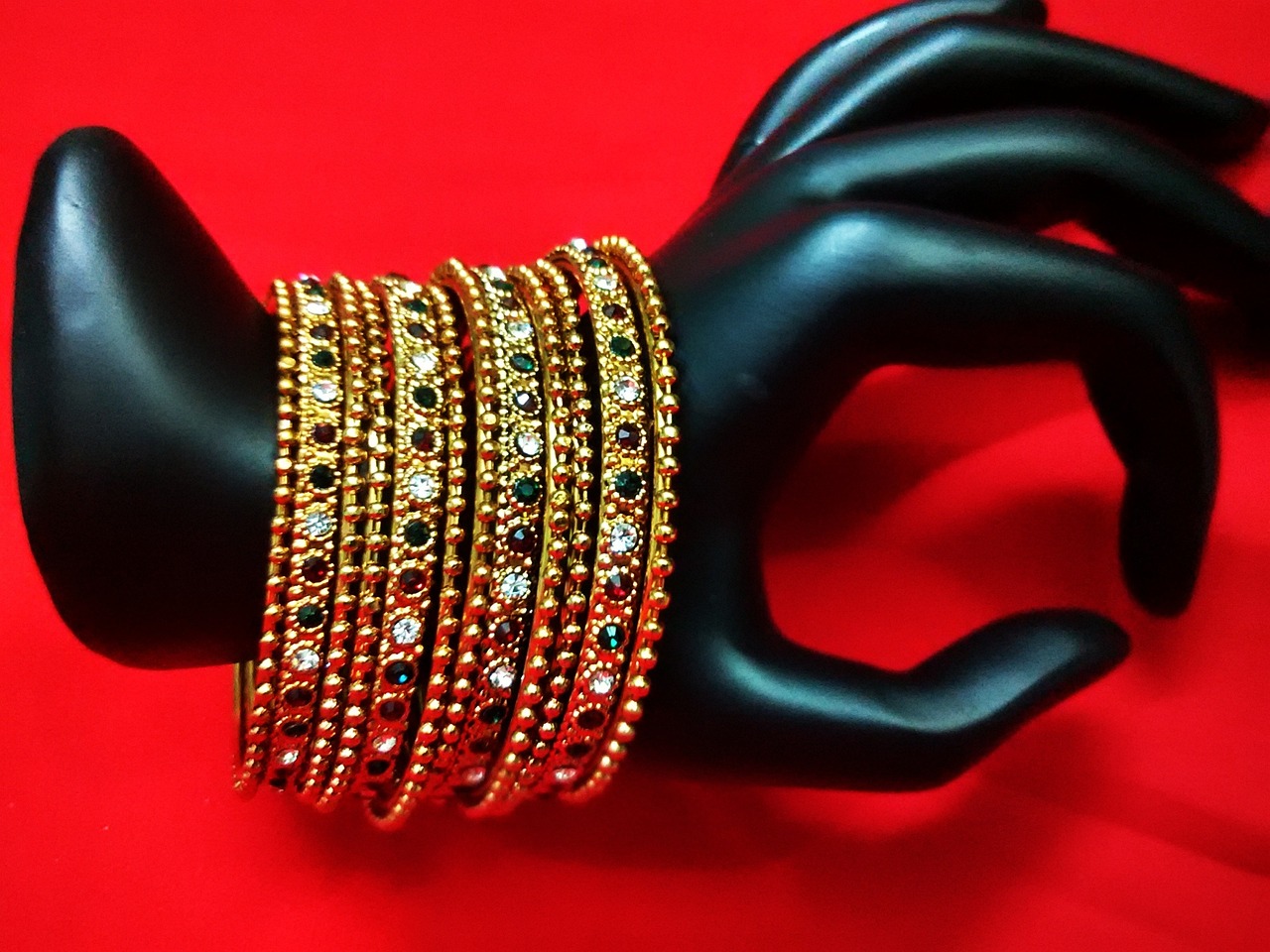This guide provides essential tips and insights on identifying counterfeit designer jewelry. Learn how to distinguish authentic pieces from fakes with expert advice and practical techniques.
What Are the Common Signs of Fake Designer Jewelry?
Identifying counterfeit jewelry often starts with recognizing specific signs. Some common indicators include:
- Poor Craftsmanship: Authentic designer jewelry is made with precision and care, while fakes often show signs of sloppy workmanship.
- Inconsistent Branding: Check the brand’s logo and spelling. Fake pieces often have misspellings or incorrect logos.
- Unusual Packaging: Genuine designer jewelry typically comes in high-quality packaging, while counterfeit items may be poorly packaged.
How to Check the Hallmarks and Stamps?
Hallmarks and stamps are crucial for authenticity. Here’s how to verify these marks:
- Look for metal purity stamps such as 925 for sterling silver or 750 for gold.
- Research the specific hallmarks associated with the designer, as these can vary significantly.
- Use a magnifying glass to inspect the clarity and quality of the stamp.
Are There Specific Materials Used in Authentic Pieces?
Understanding the materials used in genuine designer jewelry can help you identify fakes. Common materials include:
- High-quality metals: Such as gold, platinum, and sterling silver.
- Genuine gemstones: Authentic pieces often use real diamonds, sapphires, or other precious stones.
- Unique materials: Some designers use specific materials like resin or enamel that can be distinctive.
What Role Does Craftsmanship Play in Authentic Jewelry?
The craftsmanship of designer jewelry often reflects its authenticity. Look for:
- Attention to detail: Examine the settings, clasps, and overall finish.
- Symmetry: Genuine pieces are usually perfectly symmetrical.
- Durability: Authentic jewelry is built to last, while fakes may feel flimsy.
How to Evaluate the Weight of Jewelry?
Weight can be a significant indicator of authenticity. Consider the following:
- Genuine jewelry typically has a substantial weight due to the quality materials used.
- Compare the weight with similar authentic pieces to gauge authenticity.
Why Is the Price a Key Indicator of Authenticity?
Pricing can reveal much about a piece’s authenticity. Remember:
- If a deal seems too good to be true, it probably is.
- Research the typical market value for the designer’s pieces to spot discrepancies.
How to Research the Designer’s Signature Style?
Familiarizing yourself with a designer’s signature style is essential. Focus on:
- Identifying unique design elements that are characteristic of the brand.
- Understanding the color palette and materials that the designer typically uses.
What Are the Risks of Buying Jewelry Online?
Purchasing jewelry online comes with its own set of challenges. Be aware of:
- Inadequate product descriptions and images that may hide flaws.
- Untrustworthy sellers who may not offer returns or guarantees.
How to Use Expert Appraisals Effectively?
When in doubt, expert appraisals can be invaluable. Here’s how to find and utilize professional appraisers:
- Seek appraisers with credentials from recognized organizations.
- Request a detailed report outlining the authenticity and value of the piece.
What Are the Best Practices for Buying Second-Hand Jewelry?
Buying second-hand designer jewelry requires caution. Follow these best practices:
- Verify the seller’s reputation through reviews and ratings.
- Always request certificates of authenticity when available.
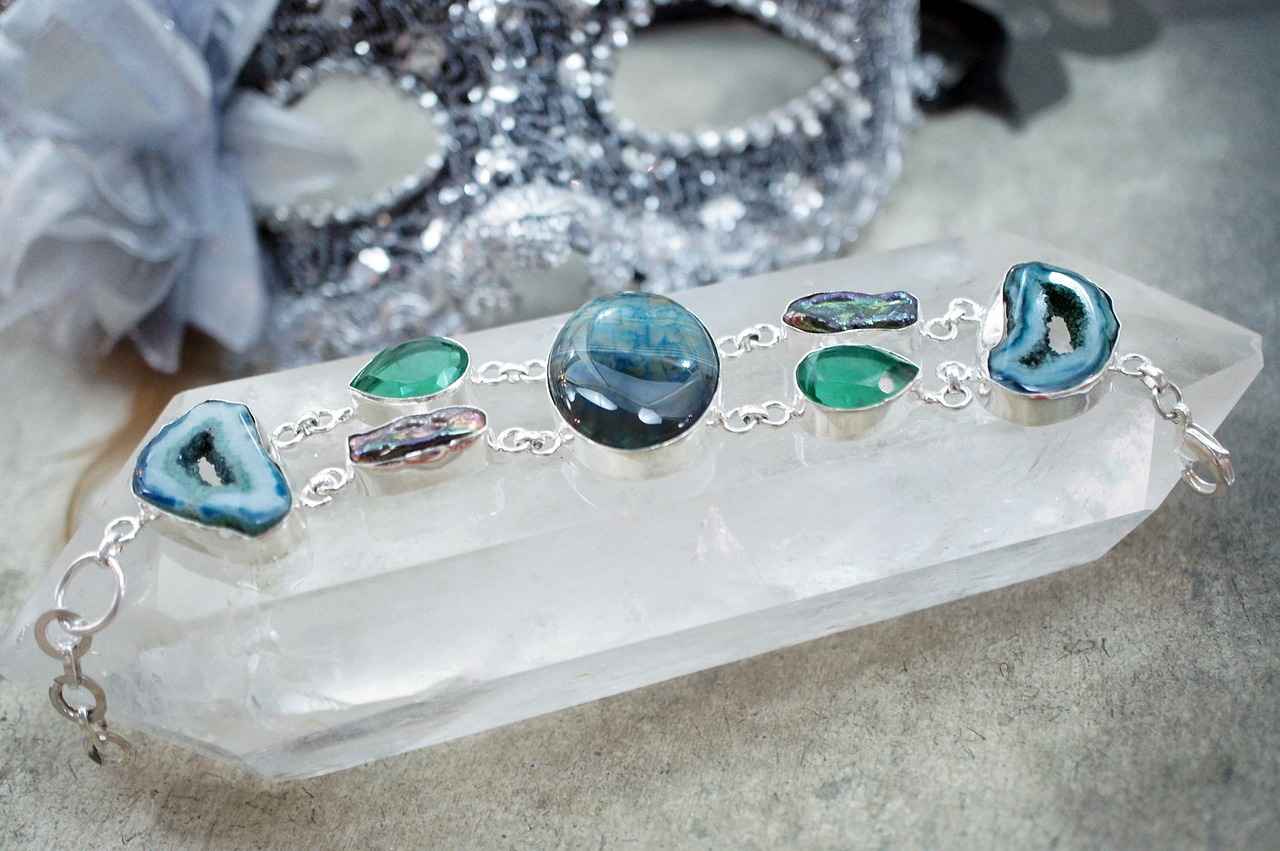
What Are the Common Signs of Fake Designer Jewelry?
When it comes to purchasing designer jewelry, understanding how to distinguish between authentic and counterfeit pieces is crucial. The allure of luxury jewelry can sometimes cloud judgment, leading to costly mistakes. This guide will help you identify common signs of fake designer jewelry, ensuring you make informed decisions and avoid falling victim to scams.
Identifying counterfeit jewelry often begins with recognizing specific signs. Here are some of the most prevalent indicators that can help you spot a fake:
- Inconsistent Branding: Authentic designer jewelry typically features consistent branding, including logos and stamps. If the branding appears misspelled or inconsistent with the designer’s established style, it’s likely a counterfeit.
- Poor Craftsmanship: Genuine pieces exhibit high-quality craftsmanship with attention to detail. Look for uneven surfaces, rough edges, and poorly set stones, which are common in fake jewelry.
- Weight Discrepancies: Authentic jewelry is often heavier due to the quality of materials used. If a piece feels unusually light, it may be a sign that it is not genuine.
- Material Quality: Familiarize yourself with the materials used in authentic designer jewelry. Counterfeit pieces may use lower-quality metals or synthetic stones that lack the luster of genuine gems.
- Unusual Pricing: If a deal seems too good to be true, it probably is. Authentic designer jewelry comes with a price tag that reflects its quality and brand value. Be wary of significant discounts.
- Lack of Documentation: Genuine designer jewelry often comes with certificates of authenticity or original packaging. If these are missing, it raises a red flag.
- Online Purchase Caution: Be especially vigilant when buying jewelry online. Check the seller’s reputation, read reviews, and ensure they have a return policy in place.
By being aware of these signs, you can better protect yourself from purchasing counterfeit jewelry. Always take the time to do your research and trust your instincts. If something feels off, it’s better to walk away than to risk buying a fake.
In the world of luxury jewelry, knowledge is your best defense. Equip yourself with the right information to ensure you are investing in authentic pieces that reflect quality and craftsmanship.

How to Check the Hallmarks and Stamps?
When it comes to verifying the authenticity of designer jewelry, hallmarks and stamps play a pivotal role. These marks serve as a guarantee of quality and authenticity, ensuring that the piece you are examining is indeed genuine. In this section, we will delve into the significance of these marks and provide you with practical tips on how to verify them effectively.
What Are Hallmarks and Stamps?
Hallmarks are official marks stamped on precious metals, indicating the metal’s purity, the manufacturer’s identity, and sometimes the place of origin. Stamps, on the other hand, are often used by designers to signify their brand. Understanding these marks is essential for anyone looking to purchase jewelry, especially in the luxury market.
Why Are Hallmarks Important?
- Authenticity: Hallmarks are a reliable way to confirm that a piece is made from genuine materials and not a cheap imitation.
- Value: Pieces with proper hallmarks typically retain a higher resale value.
- Legal Protection: Many countries require hallmarks for certain types of jewelry, providing legal assurance to the buyer.
How to Verify Hallmarks?
To ensure that the hallmarks and stamps on your jewelry are legitimate, follow these steps:
- Research the Designer: Familiarize yourself with the specific hallmarks used by the designer. Many reputable brands have unique stamps that can be easily identified.
- Consult Online Resources: Websites dedicated to jewelry authentication often provide images and descriptions of legitimate hallmarks.
- Examine the Quality: Genuine pieces usually have clear, well-defined hallmarks. If the marks appear blurry or poorly stamped, it may indicate a fake.
- Check for Consistency: Compare the hallmark on your piece with known authentic examples. Consistency in design and placement is key.
What to Do If You Find No Hallmark?
If your jewelry lacks a hallmark, it doesn’t necessarily mean it’s fake. Some antique pieces, particularly those made before certain regulations were established, may not have them. However, it’s crucial to proceed with caution:
- Seek expert appraisal to confirm authenticity.
- Consider the materials used and overall craftsmanship.
Conclusion
In summary, checking hallmarks and stamps is an essential step in verifying the authenticity of designer jewelry. By understanding what these marks signify and knowing how to research them, you can make informed purchasing decisions. Always remember that when in doubt, it’s wise to consult with a professional to ensure you’re investing in genuine pieces.

Are There Specific Materials Used in Authentic Pieces?
When it comes to identifying genuine designer jewelry, one of the most critical aspects to consider is the materials used in its creation. Understanding these materials not only enhances your appreciation of the piece but also equips you with the knowledge necessary to distinguish between authentic and counterfeit items. In this section, we delve into the most common materials found in authentic designer jewelry and their distinctive characteristics.
- Gold: Authentic designer jewelry often features high-quality gold, which can be categorized into different karats. The most common are 14k, 18k, and 22k. Look for a hallmark indicating the karat weight, as genuine pieces will always have this mark.
- Silver: Sterling silver, marked as 925, is a popular choice for designer pieces. This indicates that the jewelry is made of 92.5% pure silver, with the remaining 7.5% typically consisting of other metals to enhance durability.
- Platinum: Known for its rarity and strength, platinum is another hallmark of luxury jewelry. Authentic platinum pieces are often stamped with PT or PLAT to signify their purity.
- Gemstones: High-quality gemstones such as diamonds, sapphires, and emeralds are commonly used in authentic designer jewelry. Look for certifications from reputable gemological laboratories to verify the quality and authenticity of the stones.
- Enamel: Many designer pieces incorporate enamel, which is a glass-like coating that adds color and durability. Authentic enamel work is typically smooth and well-integrated into the piece.
Counterfeit jewelry often uses inferior materials that can be easily identified through careful examination. Here are some tips:
- Weight Test: Genuine materials like gold and platinum are significantly heavier than their fake counterparts, often made from lightweight metals.
- Magnet Test: If the piece is attracted to a magnet, it is likely not made of authentic gold or silver, as these metals are non-magnetic.
- Visual Inspection: Look for inconsistencies in color or finish. Authentic pieces typically exhibit a uniform appearance, while fakes may show signs of discoloration or peeling.
Being knowledgeable about the materials used in designer jewelry not only helps you avoid scams but also enhances your ability to appreciate the craftsmanship involved. Each material carries its own history, value, and significance, making it essential to understand what you are purchasing.
Furthermore, the craftsmanship associated with genuine designer jewelry often reflects the quality of the materials used. For instance, a well-crafted piece will have smooth edges, secure settings for gemstones, and a polished finish that speaks to the designer’s attention to detail.
In conclusion, recognizing the materials used in designer jewelry is a fundamental skill for any collector or buyer. By understanding the characteristics of authentic materials, you can confidently navigate the jewelry market and make informed purchasing decisions.

What Role Does Craftsmanship Play in Authentic Jewelry?
When it comes to designer jewelry, craftsmanship is one of the most significant indicators of authenticity. Genuine pieces are often made with a level of skill and attention to detail that is difficult to replicate. In this section, we will delve into how to assess the craftsmanship of jewelry to distinguish between authentic and fake pieces.
Craftsmanship refers to the skill and artistry involved in creating a piece of jewelry. Authentic designer jewelry is typically handcrafted by skilled artisans who take pride in their work. This level of craftsmanship is reflected in the quality of materials, the precision of construction, and the overall aesthetics of the piece.
- Detailing: Examine the intricate details of the jewelry. Authentic pieces often feature meticulous work, including fine engravings, precise settings, and seamless joins.
- Symmetry: Genuine designer jewelry is usually symmetrical and well-balanced. Look for any irregularities that could indicate a lack of skill in production.
- Finishing: The finishing touches on a piece can reveal a lot about its authenticity. Check for smooth edges, polished surfaces, and a lack of visible seams.
The materials used in jewelry play a crucial role in the overall craftsmanship. Authentic designer pieces are often made from high-quality metals such as 18k gold or platinum, and feature genuine gemstones. Counterfeit pieces may use lower-quality materials that are less durable and visually appealing.
While knowledge is key, trusting your instincts can also be valuable. If a piece feels off or seems too good to be true, it probably is. Pay attention to your gut feelings as you examine the jewelry.
If you’re unsure about the authenticity of a piece, consider seeking the opinion of a professional jeweler. Experts can assess the craftsmanship and provide insights into the quality and authenticity of the jewelry.
Ignoring the importance of craftsmanship can lead to purchasing counterfeit jewelry. This not only results in financial loss but can also diminish your appreciation for genuine artistry. Investing in authentic pieces means supporting skilled artisans and ensuring that you own a piece that will last.
In conclusion, the craftsmanship of designer jewelry is a vital aspect that reflects its authenticity. By understanding what to look for in quality craftsmanship, you can make informed decisions and avoid counterfeit pieces. Remember, genuine jewelry is not just an accessory; it is a work of art that embodies skill, passion, and tradition.

How to Evaluate the Weight of Jewelry?
When it comes to identifying authentic jewelry, weight plays a crucial role. This section delves into the importance of weight as an indicator of authenticity, providing you with the knowledge to discern genuine pieces from counterfeits.
Jewelry is often made from specific materials that have distinct weights. For instance, gold, silver, and platinum are denser than many imitation metals. Therefore, understanding the typical weight of a genuine piece can significantly aid in your evaluation process.
- Gold: Genuine gold jewelry is heavier than most fake alternatives. For example, a 14K gold ring will weigh more than a similar-looking piece made of brass or other base metals.
- Silver: Authentic sterling silver has a specific weight; if a piece feels unusually light, it could be a sign of a fake.
- Platinum: This precious metal is denser than gold and silver, making authentic platinum jewelry noticeably heavier.
To effectively assess weight, consider using a jewelry scale. Here’s how you can do it:
1. Obtain a precise jewelry scale that measures in grams.2. Weigh the piece of jewelry.3. Compare the weight with the expected weight for that type of jewelry (you can find this information online or in jewelry guides).4. If the weight is significantly lower than expected, it may indicate a counterfeit.
Additionally, the design and craftsmanship of the jewelry can also affect its weight. High-quality pieces often incorporate intricate designs that contribute to a heavier feel. Examine the overall construction: does it feel solid, or does it seem hollow and lightweight?
Another factor to consider is the size of the jewelry. Larger pieces, such as statement rings or chunky bracelets, should naturally weigh more than smaller, delicate designs. If a large piece feels surprisingly light, it might not be made from genuine materials.
It’s essential to remember that while weight is a significant indicator, it should not be the sole criterion for authenticity. Always combine weight assessments with other factors, such as hallmarks, craftsmanship, and material quality. This comprehensive approach will enhance your ability to spot fake designer jewelry effectively.
In conclusion, understanding how to evaluate the weight of jewelry is a vital skill for anyone interested in purchasing authentic pieces. By familiarizing yourself with the typical weights of various materials and utilizing a jewelry scale, you can confidently assess the authenticity of your jewelry. Remember, a well-informed buyer is a savvy buyer, and your knowledge can protect you from counterfeit products.
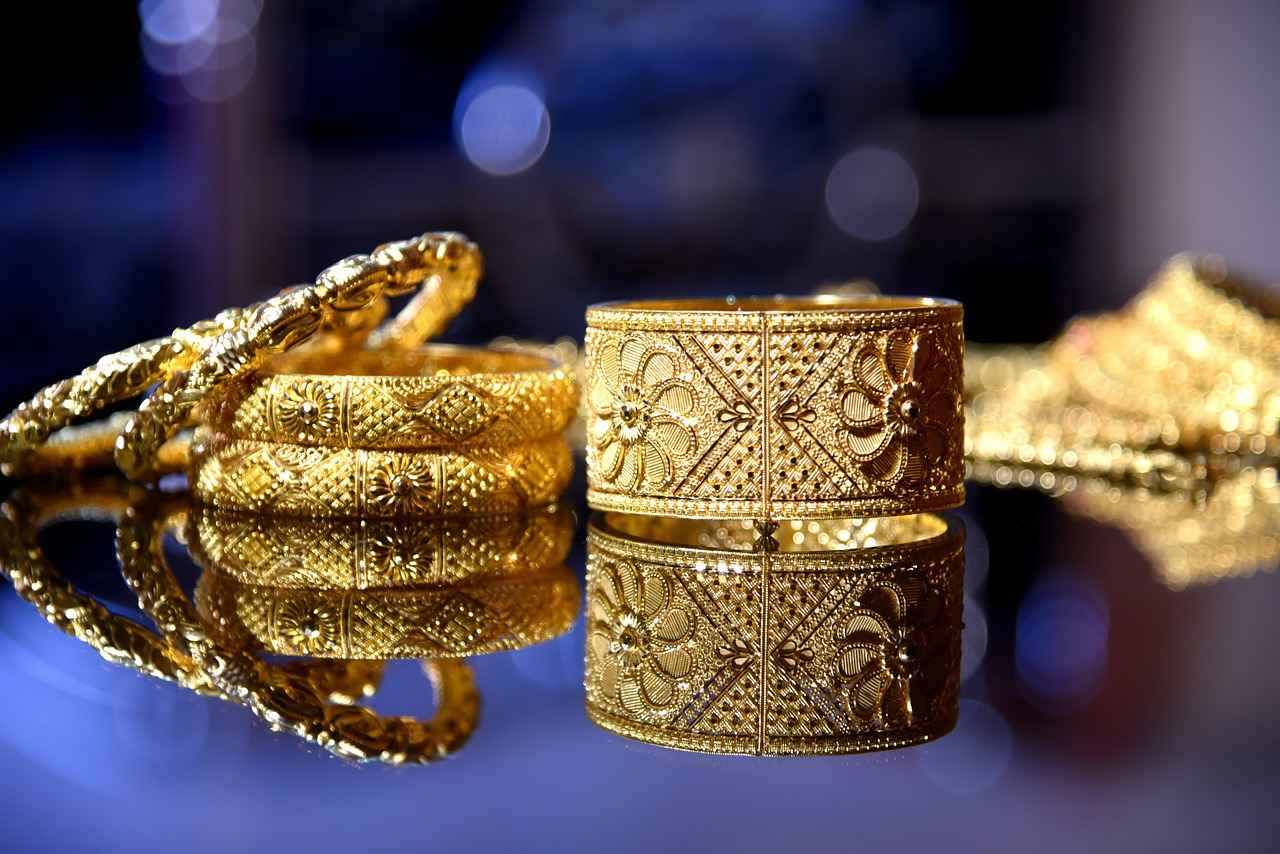
Why Is the Price a Key Indicator of Authenticity?
Understanding the price of designer jewelry is crucial when determining its authenticity. Many buyers often overlook this aspect, but a piece’s price can reveal a lot about its legitimacy. In this section, we will delve into how to evaluate whether the price aligns with the designer’s typical market value, providing you with the tools necessary to make informed decisions.
When assessing the price of a jewelry piece, it is important to first research the designer’s typical price range. Each designer has a distinct market positioning, and their pieces usually fall within a specific price bracket. For instance, well-known luxury brands such as Cartier or Tiffany & Co. have set price ranges for their products. If you come across a piece from these brands priced significantly lower than usual, it could be a red flag indicating that the item may not be authentic.
Another aspect to consider is the quality of materials used in the jewelry. Authentic designer pieces are often made from high-quality materials, such as gold, platinum, or genuine gemstones. If a piece is priced too low, it might be made from inferior materials, which is common in counterfeit items. Always compare the materials used in the piece with those typically found in authentic designer jewelry.
Market fluctuations can also affect pricing. If a designer’s collection is particularly popular, prices may rise due to demand. Conversely, if a piece is from a discontinued line, its price might decrease. Understanding these dynamics can help you gauge whether a price is reasonable or suspicious. Always check the current market trends and auction results for similar pieces to get a clearer picture.
Additionally, consider the condition of the jewelry. Authentic designer pieces that are well-maintained can retain their value or even appreciate over time. If a piece is priced low due to visible wear and tear, it may not be worth your investment. Look for signs of damage or repairs that could indicate a lack of authenticity.
It’s also beneficial to consult with experts or use reputable online resources to verify pricing. Many websites provide databases of authentic pieces along with their market values. Utilizing these tools can give you a better understanding of whether the price you see is justified.
Lastly, always consider the seller’s reputation. If you are purchasing from a reputable dealer or a well-known retailer, they typically price their items in accordance with market standards. However, if you are buying from an unknown source or a private seller, be cautious. Prices that seem too good to be true often are, and it’s essential to proceed with due diligence.
In conclusion, evaluating the price of designer jewelry is a multifaceted process that requires careful consideration of various factors. By understanding the typical market value, the quality of materials, market trends, the condition of the piece, and the seller’s reputation, you can make more informed decisions and avoid falling victim to counterfeit products.
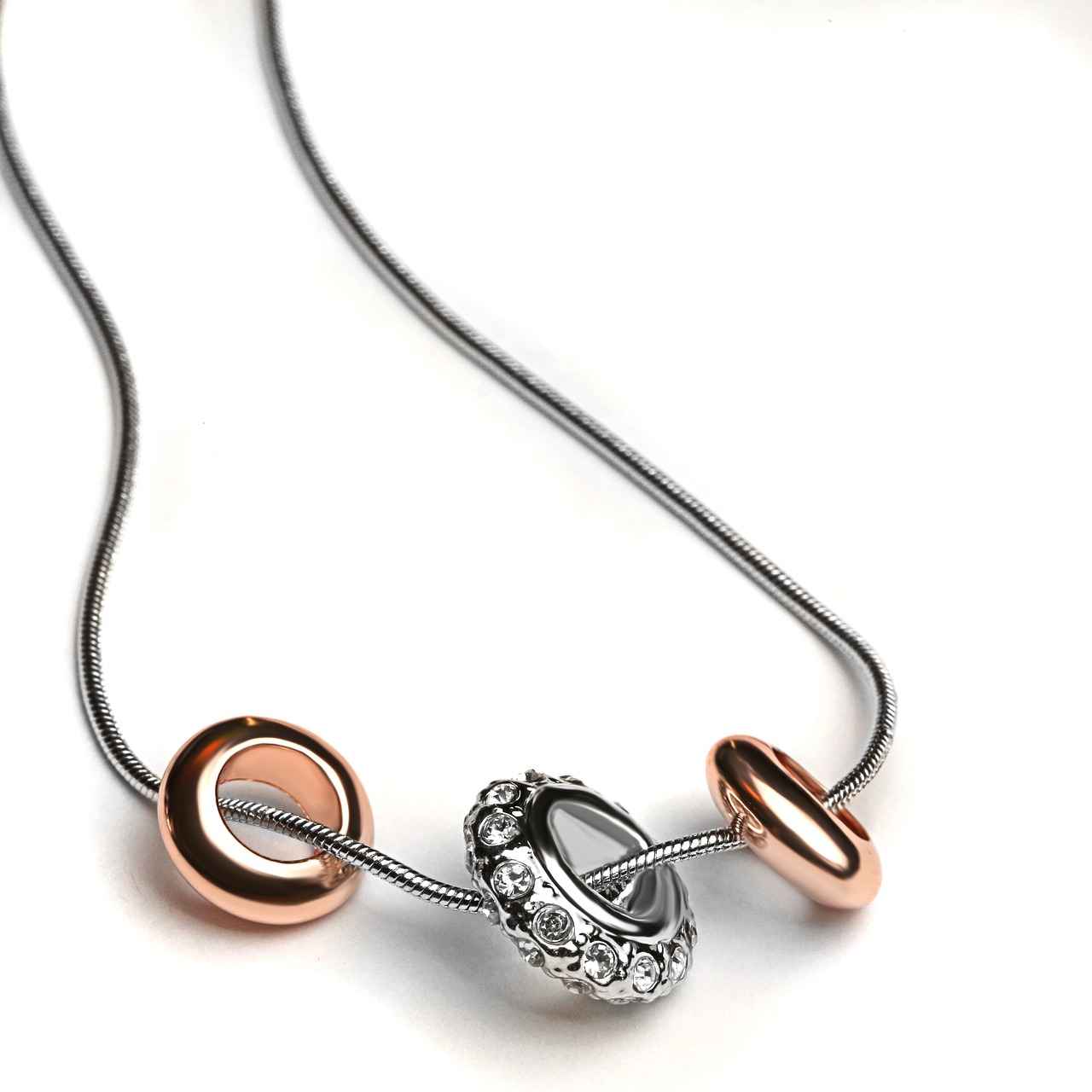
How to Research the Designer’s Signature Style?
Understanding a designer’s signature style is crucial for anyone looking to invest in authentic designer jewelry. Each designer has unique characteristics that set their pieces apart, making it easier to identify genuine items. This section provides insights on how to effectively research and recognize these distinctive features.
- Study the Designer’s History: Start by researching the designer’s background. Knowing their design philosophy, inspirations, and the evolution of their style can provide context for their work.
- Examine Signature Elements: Many designers incorporate signature elements into their pieces, such as specific motifs, colors, or materials. For instance, Chanel is known for its interlocking ‘CC’ logo, while Tiffany & Co. often features their iconic blue box.
- Analyze Craftsmanship: Authentic designer jewelry typically showcases exceptional craftsmanship. Look for details like precise settings, smooth finishes, and high-quality materials. If a piece feels lightweight or poorly made, it may be a counterfeit.
- Check for Consistency: Genuine pieces will have a consistent style across different collections. Compare various pieces from the same designer to identify any discrepancies in design or quality.
- Utilize Online Resources: Websites dedicated to designer jewelry often provide valuable insights. Platforms like Instagram and Pinterest can showcase the latest collections and help you spot trends in the designer’s work.
In addition to these strategies, attending jewelry exhibitions and shows can offer firsthand experience with a designer’s work. Engaging with experts and enthusiasts at these events can deepen your understanding of what makes a piece authentic.
Another effective approach is to join online forums or communities focused on designer jewelry. Here, you can ask questions, share experiences, and gain insights from others who are knowledgeable about specific designers.
Lastly, consider creating a visual reference guide. Compile images of authentic pieces, noting their unique features. This guide can serve as a handy tool when evaluating potential purchases, allowing you to quickly identify elements that align with the designer’s signature style.
By familiarizing yourself with a designer’s signature style, you empower yourself to make informed decisions when purchasing jewelry. This knowledge not only enhances your appreciation for the art of jewelry design but also protects you from the pitfalls of counterfeit products.
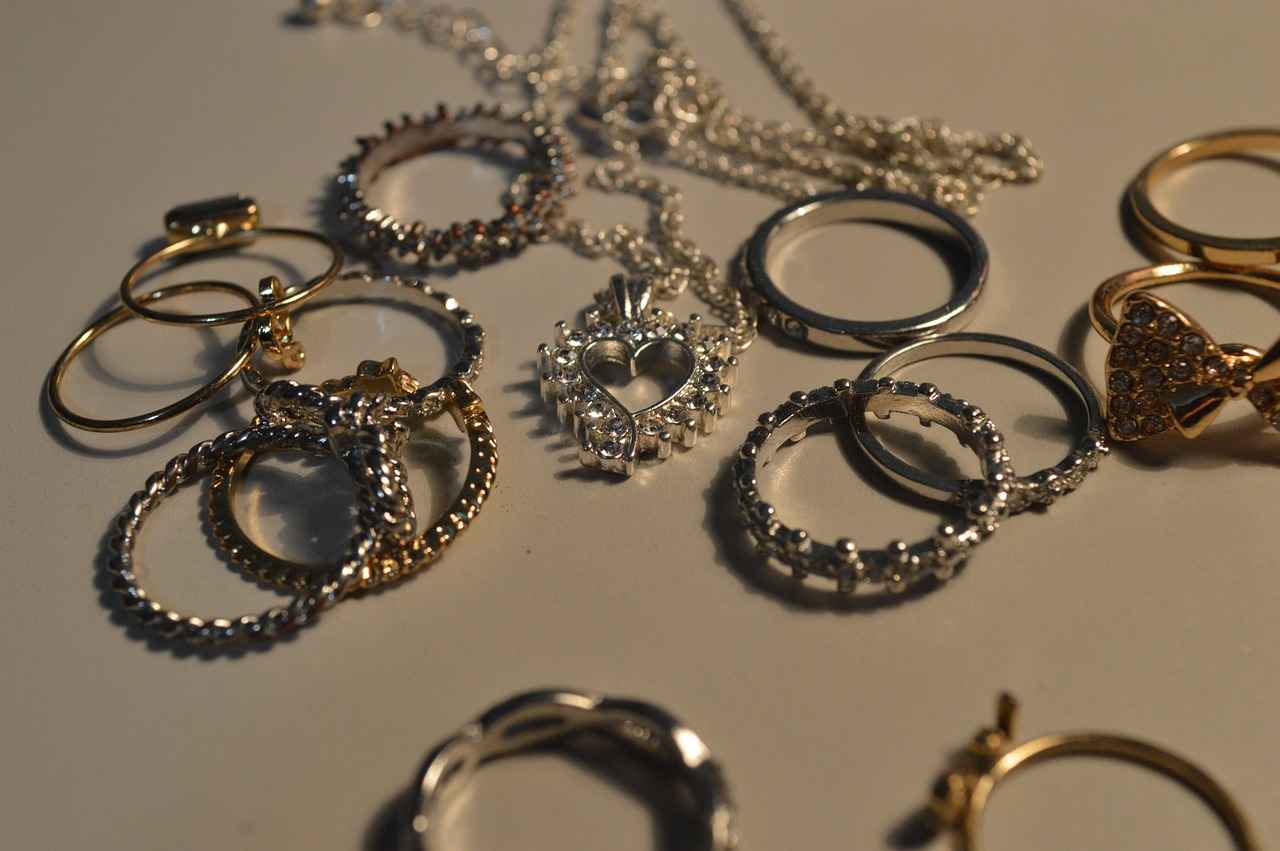
What Are the Risks of Buying Jewelry Online?
Purchasing jewelry online can be a thrilling experience, but it also comes with its own set of challenges. As consumers increasingly turn to the internet for their shopping needs, understanding the potential risks associated with buying jewelry online is crucial. This section will delve into the common pitfalls and offer practical tips to help you safeguard yourself against counterfeit products.
Buying jewelry online can expose you to a variety of risks, including:
- Counterfeit Products: One of the most significant risks is the possibility of purchasing counterfeit jewelry. Many sellers may present fake items as authentic, leading to financial loss.
- Misleading Descriptions: Online listings can sometimes be misleading. Sellers may exaggerate the quality or value of the jewelry, making it essential to verify product details.
- Inadequate Return Policies: Many online retailers have strict return policies, making it difficult to return items that do not meet your expectations. Always check the return policy before making a purchase.
- Shipping and Handling Issues: Jewelry can be fragile, and improper packaging during shipping can lead to damage. Ensure the seller uses reliable shipping methods and provides adequate insurance.
- Privacy and Security Risks: Sharing personal and financial information online carries inherent risks. Ensure that the website uses secure payment methods to protect your data.
To minimize risks when buying jewelry online, consider the following strategies:
- Research the Seller: Before making a purchase, conduct thorough research on the seller. Look for reviews and ratings from previous customers to gauge their reputation.
- Verify Authenticity: Always ask for certificates of authenticity, especially for high-value items. Reputable sellers should provide documentation that verifies the item’s legitimacy.
- Look for Hallmarks: Familiarize yourself with the hallmarks and stamps that indicate authenticity. This knowledge can help you identify genuine pieces.
- Compare Prices: If a deal seems too good to be true, it probably is. Compare prices with other reputable retailers to ensure the offer is reasonable.
- Utilize Secure Payment Methods: Use secure payment options, such as credit cards or trusted payment platforms, to protect your financial information.
Understanding a seller’s return policy is vital before making a purchase. A good return policy should allow you to return items that do not meet your expectations. Look for:
- Time Frame: Check how long you have to return the item after receiving it.
- Condition Requirements: Ensure you know the condition the item must be in to qualify for a return.
- Restocking Fees: Be aware of any fees that may apply to returns, as these can affect your overall cost.
In conclusion, while buying jewelry online can be convenient and exciting, it is essential to remain vigilant. By understanding the risks and taking proactive steps to protect yourself, you can enjoy your online shopping experience without falling prey to counterfeit products. Always remember to do your homework, verify authenticity, and choose reputable sellers.

How to Use Expert Appraisals Effectively?
When it comes to verifying the authenticity of your jewelry, expert appraisals can play a crucial role. These professionals possess the knowledge and experience necessary to assess the value and legitimacy of your pieces. In this section, we will delve into how to effectively find and utilize professional appraisers to ensure your jewelry is genuine.
First and foremost, it is essential to identify qualified appraisers. Look for individuals who are certified by recognized organizations such as the Gemological Institute of America (GIA) or the American Society of Appraisers (ASA). These certifications indicate that the appraiser has undergone rigorous training and adheres to industry standards. You can also check online directories or local jewelry associations to find reputable appraisers in your area.
Once you have identified potential appraisers, schedule consultations to discuss your jewelry. During these meetings, it is vital to ask about their experience, methodology, and fees. A reputable appraiser will be transparent about their process and will provide you with a detailed explanation of how they determine the authenticity and value of your jewelry.
Before taking your jewelry to an appraiser, gather all relevant documentation. This may include original purchase receipts, certificates of authenticity, and any previous appraisals. Providing this information can assist the appraiser in making a more accurate assessment. Additionally, be prepared to answer questions about the piece’s history, such as where and when it was purchased.
During the appraisal, pay close attention to the techniques used. A professional appraiser will typically examine various aspects of the jewelry, including its materials, craftsmanship, and hallmarks. They may also utilize specialized tools, such as magnifying glasses or electronic testers, to verify authenticity. Understanding this process can give you confidence in the appraisal’s outcome.
After the appraisal is complete, request a written report detailing the findings. This report should include a description of the jewelry, its appraised value, and any relevant notes regarding its authenticity. Having a written record is essential, especially if you plan to insure the piece or wish to sell it in the future.
Finally, remember that expert appraisals are not just for high-value pieces. If you have any doubts about the authenticity of your jewelry, seeking a professional opinion can save you time and money in the long run. In a market filled with counterfeit products, ensuring that your jewelry is genuine is a wise investment.
In summary, utilizing expert appraisals effectively involves finding qualified professionals, preparing adequately for the consultation, understanding the appraisal process, and obtaining a detailed report. By following these steps, you can confidently verify the authenticity of your jewelry and protect your investment.
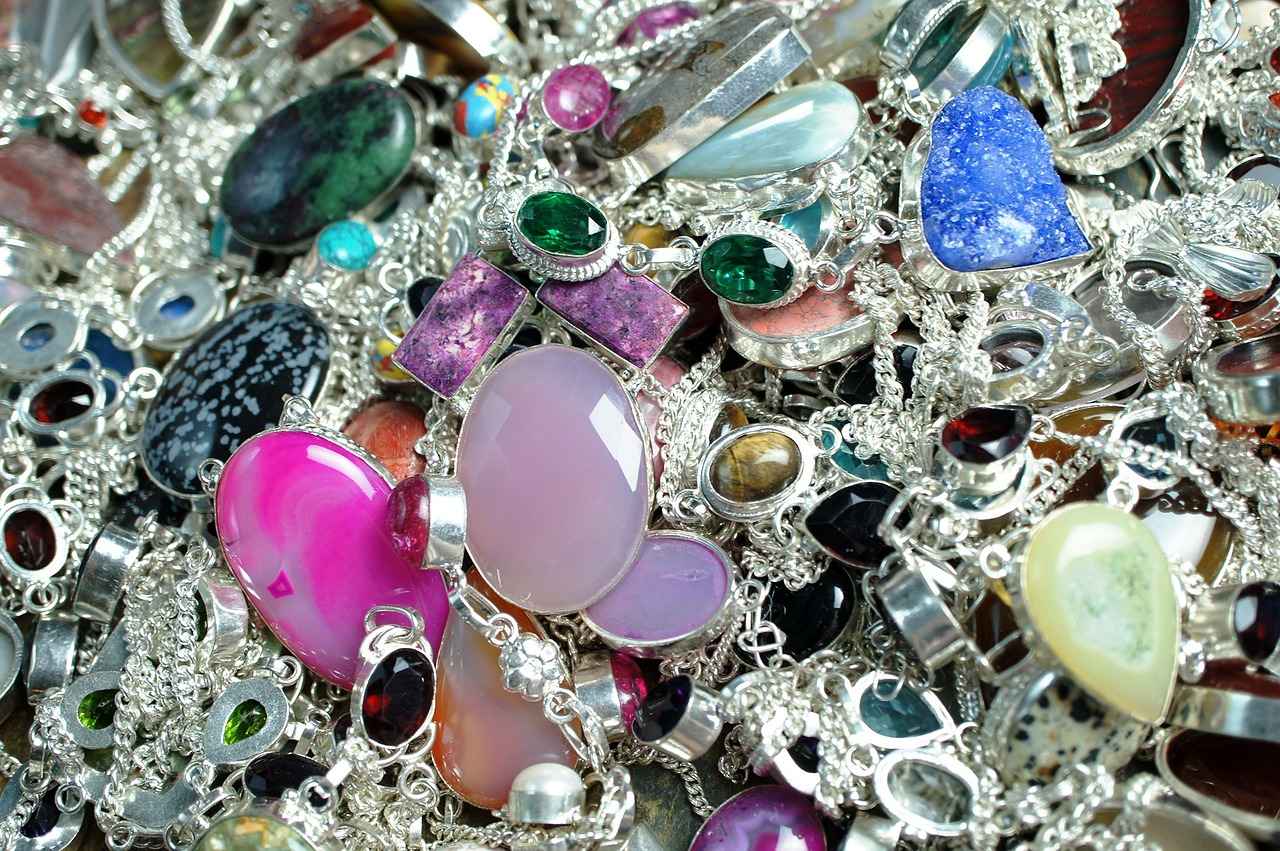
What Are the Best Practices for Buying Second-Hand Jewelry?
Buying second-hand designer jewelry can be a rewarding experience, offering unique pieces at a fraction of the original price. However, it requires a cautious approach to ensure you make safe and informed purchases. In this guide, we will delve into the best practices for acquiring second-hand jewelry, helping you navigate the market with confidence.
Before making any purchase, it is crucial to conduct thorough research. Familiarize yourself with the designer’s history, signature styles, and common materials used in their pieces. This knowledge will empower you to identify authentic items and avoid fakes.
- Reputable Online Marketplaces: Websites like The RealReal and Poshmark offer curated selections of second-hand jewelry, often with authentication guarantees.
- Local Jewelers: Some local jewelers specialize in vintage and second-hand pieces. Visiting these stores allows you to inspect items in person.
- Auctions and Estate Sales: These venues can yield exceptional finds, but ensure you have a clear understanding of the item’s history before bidding.
When considering a purchase, always check for hallmarks and stamps that indicate authenticity. Research the specific marks associated with the designer to ensure they align with what you are buying. Additionally, examining the overall craftsmanship can reveal a lot about the piece’s legitimacy.
Assessing the condition of the jewelry is vital. Look for signs of wear, damage, or repairs that could affect the piece’s value. Ask the seller about its history and any previous repairs to make an informed decision.
Understanding the market value of the piece is essential for successful negotiation. Research similar items to gauge a fair price. Remember, a significantly lower price than expected could be a red flag for counterfeit items.
Always inquire about the return policy before making a purchase. A reputable seller should offer a reasonable return period, allowing you to have the jewelry appraised or inspected after the sale.
If you have any doubts about the authenticity of a piece, consider seeking an expert appraisal. Professional appraisers can provide valuable insights and help validate your purchase, ensuring you are making a sound investment.
Be aware of red flags that could indicate a scam. These include sellers who refuse to provide documentation, offer prices that seem too good to be true, or pressure you into making a quick decision. Trust your instincts and take your time to ensure you are making the right choice.
By following these best practices, you can confidently navigate the world of second-hand designer jewelry. With the right knowledge and precautions, you can find beautiful pieces that enhance your collection while avoiding potential pitfalls.
Frequently Asked Questions
- How can I tell if my designer jewelry is real?
To determine if your jewelry is authentic, look for specific signs such as quality craftsmanship, proper hallmarks, and the weight of the piece. Authentic jewelry usually has a certain heft to it and displays meticulous attention to detail.
- What should I look for in hallmarks and stamps?
Check for clear and well-defined hallmarks or stamps that indicate the designer and materials used. Each reputable designer has unique marks, so familiarize yourself with these before making a purchase.
- Are there specific materials that indicate authenticity?
Yes! Genuine designer jewelry often uses high-quality materials like gold, silver, or platinum. Familiarizing yourself with these materials can help you spot fakes that might use cheaper alternatives.
- Why is the price of designer jewelry important?
The price can be a significant indicator of authenticity. If a deal seems too good to be true, it probably is! Authentic designer pieces typically have a price range that reflects their quality and brand value.
- What are the risks of buying jewelry online?
Buying jewelry online can be risky due to the potential for counterfeit products. Always research the seller and look for reviews or guarantees before making a purchase to avoid falling victim to scams.

